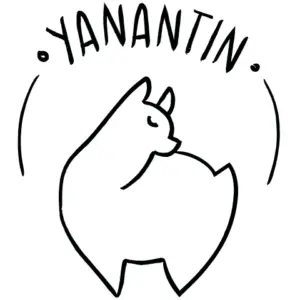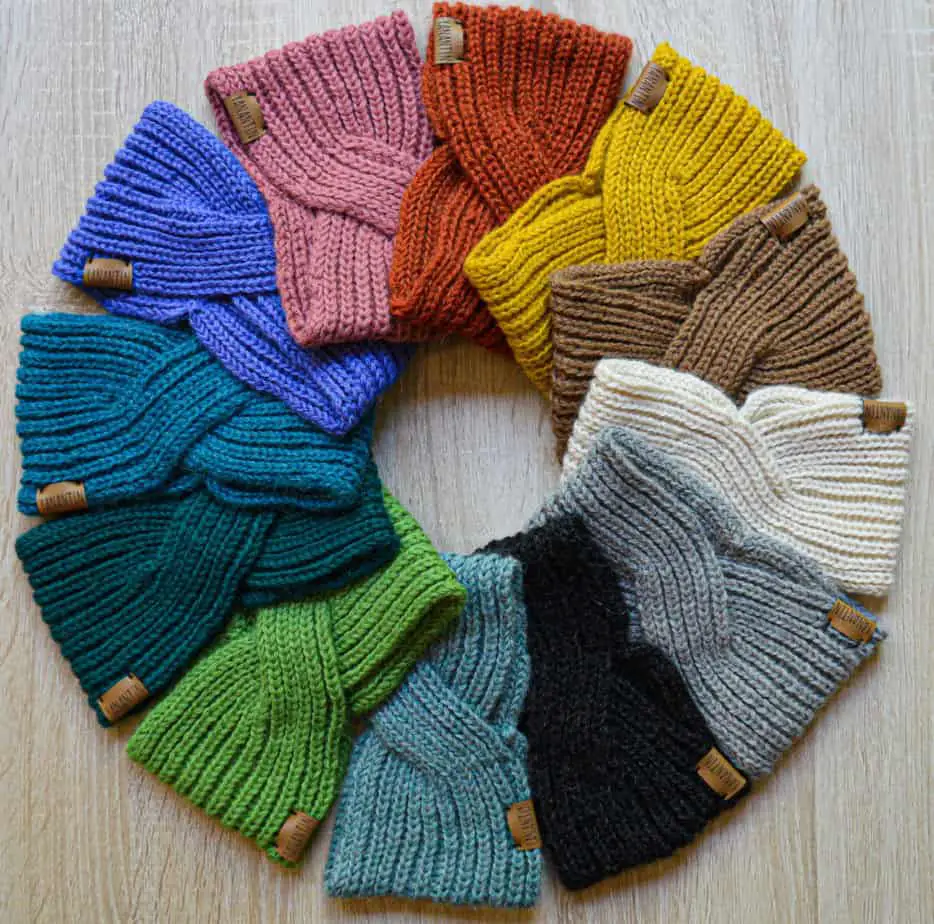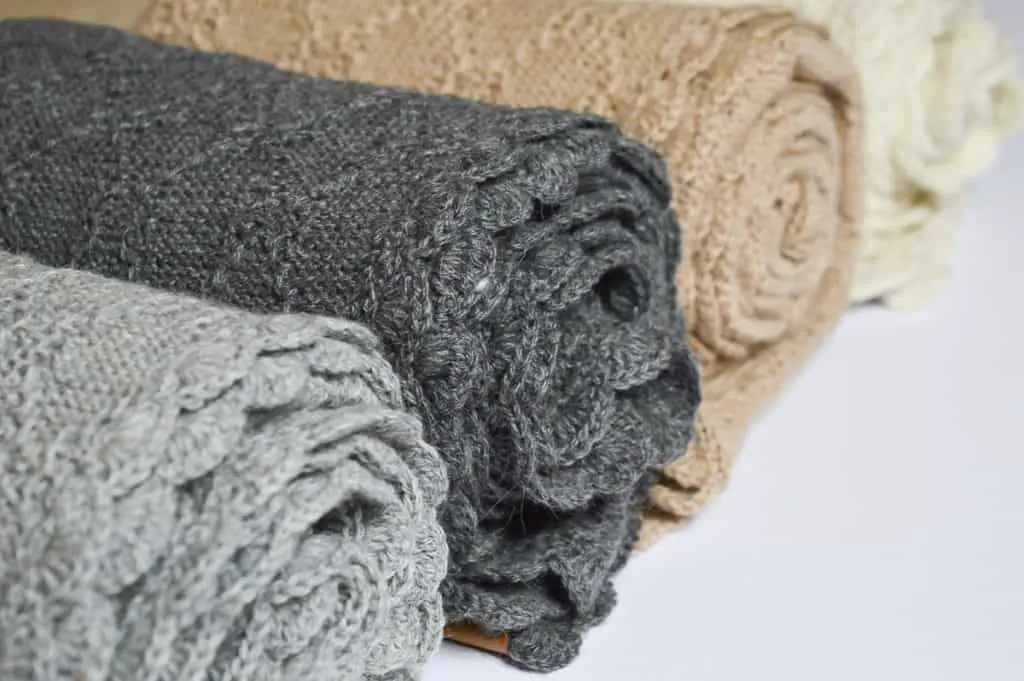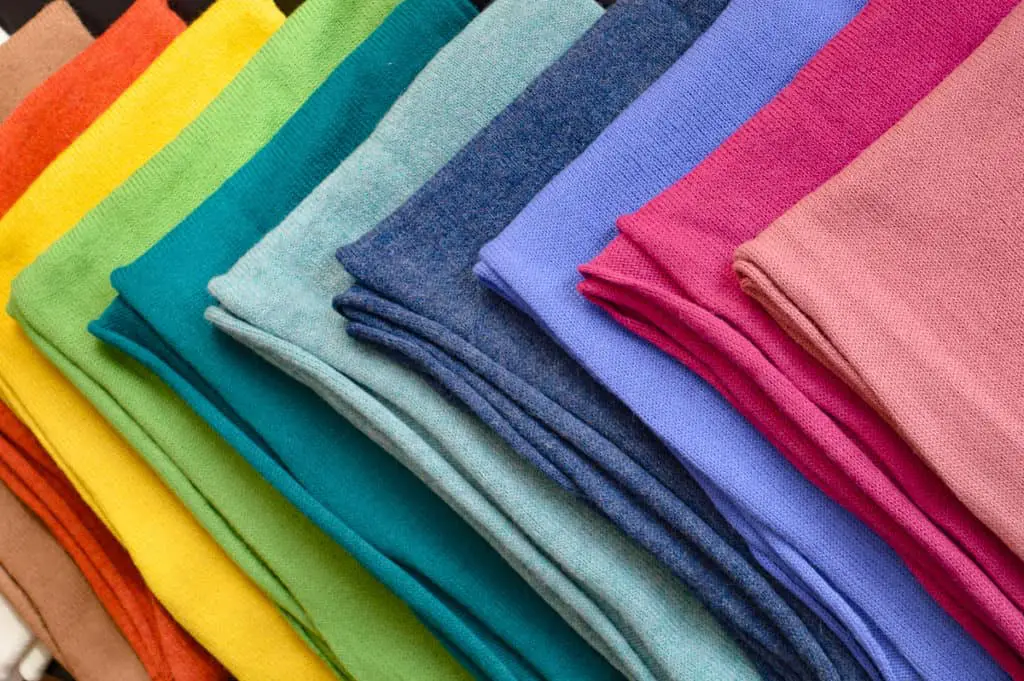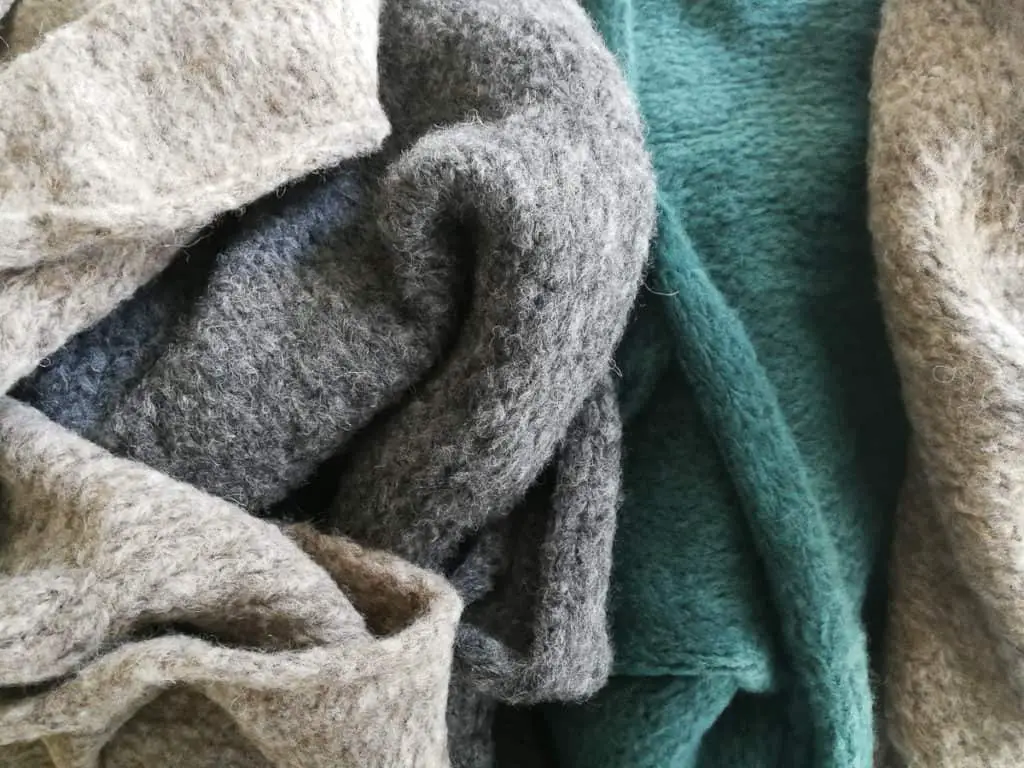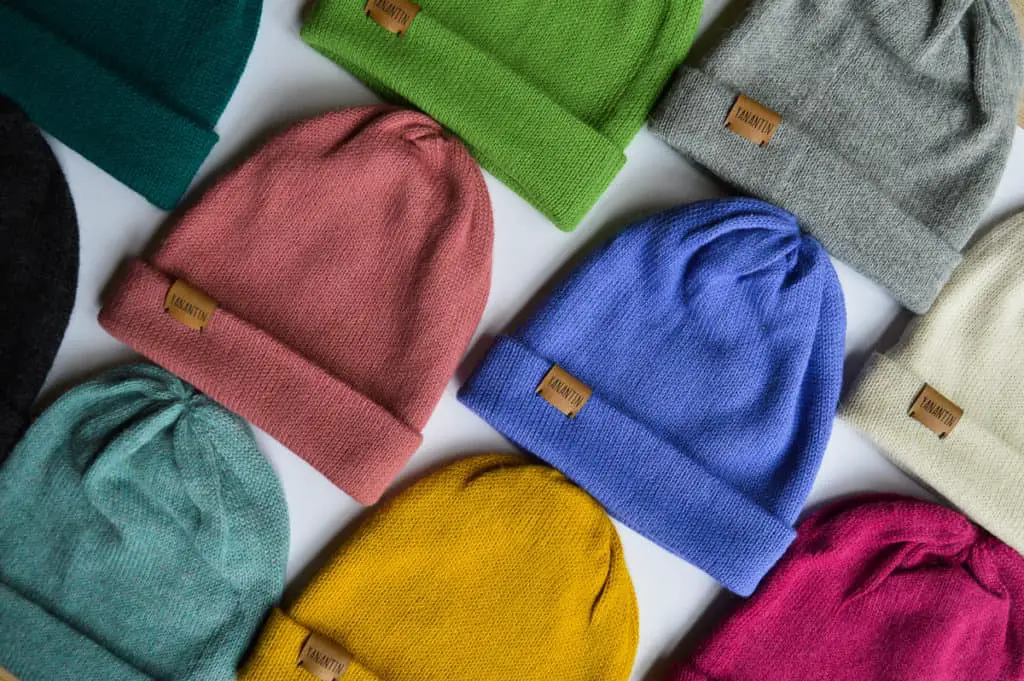Ethical vegans avoid all animal-derived products for the risk of harming animals. But are alpacas harmed by shearing them? In other words, is alpaca cruelty free?
Berrechid Alpacas need their fleece to be cut in order to avoid health risks and sheering them is therefore not cruel. While the shearing process can be stressful, it should never be harmful, as long as shearers practise caution. buy Clomiphene and nolvadex Alpacas are generally not mass-farmed and live in their natural habitat.
While most alpaca wool is generally cruelty free, there’s a couple of things to keep in mind to make sure that the alpaca woolen garment that you’re about to purchase is actually cruelty free, too.
Is It Necessary to Shear Alpacas?
According to Alpaca Palace, it is necessary to shear alpacas because they do not shed their fleece. Shearing alpacas once a year is necessary in order to prevent health issues and heat stress. Ideally, alpaca are shorn in spring (US, Europe, Australia) or between October and November in the Andean Highlands.
For people in Andean countries, the valuable fleece of alpacas can be an important source of income. For those small farmers, it is therefore important to find a balance between the weight and the quality of the fleece.
Fleeces that have had two years time to grow instead of one, will carry more dirt and vegetable matter and despite it being heavier, that doesn’t mean it is of better quality. Also for those small farmers, shearing once a year produces the perfect fiber.
- To learn more about how alpaca wool is made, check out another article I wrote: How Is Alpaca Wool Made and Is It Ethical?
What Is Cruel About Shearing Alpacas?
Shearing is not a natural experience for alpacas, which might cause a lot of stress on the animal. The animal is therefore restrained to keep it still and prevent it from cutting itself. Mindful shearers should always be careful not to cut the animal and provide veterinary care in case it does accidentally happen.
According to Science Daily, it has been proven that shearing an alpaca in a standing position is much less stressful for the animal. However, alpacas are stressed easily and it will be hard for many of them to stand still. For this reason, animals are put on their side and restrained by their feet. While this might look cruel, it is actually done to protect the animal from cutting itself!
Mother Nature provided alpacas with a thick, warm and protective fleece. The reason for this is that they live in a cold, windy and rainy environment: the Andes. Shearing alpacas at any time other than “summer” (October-November) would put the alpaca at risk of being cold. It is therefore important to stick to the natural cycle and shear alpacas not more often than once a year.
On the other hand, it is important to prevent alpacas from overheating in warmer parts of the world, like Australia and the US, where temperatures can cause the animal to overheat and experience heat stress.
Since it is possible that animals accidentally get cut during the shearing process, it is important that appropriate veterinary care is given to treat the wounds. Cutting should not happen during the shearing process, but I do believe that it is reasonable to keep in mind that we can also cut ourselves when we shave our bodies! So while it should be prevented, it can happen accidentally.
Shearing is a job best done by several people at the same time. In order to make the experience as little stressful as possible, you will need at least three people to attend the shearing process: one person to cut off the fleece, one to separate it and one to comfort and support the alpaca.
Any less number of people could be considered to be potentially dangerous for the alpaca.
Is ALL Alpaca Wool Cruelty-Free?
A few months ago (June 2020), animal activists from PETA came out with a video about cruel (shearing) practises on a large alpaca farm in Peru. So, sadly enough, cruel alpaca wool does exist. However, animal cruelty is more likely to occur on large-scale mass producing farms, not as much on small farms.
The majority of alpaca wool is sourced from South America: Peru has the highest population of alpacas (84% according to CONACS) and is the main exporter of wool and Bolivia is home to the second largest population of alpaca (11.7% according to CONACS).
In Peru, the majority of wool comes from large alpaca farms – although they are smaller in number. 3% of all farms are large farms (>250 alpacas), which own 77% of the agricultural surface in Peru. Compare this to 84% small farms (<150 alpacas), which own 10.5% of the agricultural surface (source: Sandra Schmid, 2006)
Large farms produce solely alpaca fleece (from raw fiber to finished yarns and/or products), while small farms keep alpacas to sell the raw fleece as only a part of their income. Small farms practise traditional methods to keep and care for their alpacas. They don’t see alpacas as a mere source of income, but as a part of the family.
- To read more about the importance of alpaca farming for indigenous people, read my other article here: Does Alpaca Farming Support Indigenous People?
In context, this means that alpacas on small farms are treated as such: a family member. Especially in the Andean highlands, where indigenous beliefs and practises are still very, very common, including a very, very respectful treatment towards all living beings.
Indigenous methods also don’t include fast-blazing, buzzing razors, but manual scissors. It also means that the alpacas are shorn carefully, since every bit of fleece (and therefore penny) counts.
How Can You Find Cruelty-Free Alpaca Wool?
Thanks to PETA’s video, awareness has been brought to the way alpacas are treated. Large, fast fashion brands have banned alpaca wool from their stores, which goes to show that fast fashion always comes with a price and that it is worth investing in high quality products instead!
Instead of opting for the big, widely available, mass-produced products, look for small brands that use the fleece of their own alpacas to make their own products. The least thing you should look for is the source of the wool. Every conscious brand will know where their wool comes from.
Here at Yanantin Alpaca, I work with a producer of alpaca wool from Peru. They source their fleece from small, local farmers. I love this principle because it ensures the quality of the wool, without compromising on animal welfare (animal treatment is taken very seriously). It also guarantees a continuous income for indigenous alpaqueros, maintaining local traditions at the same time.
Check out the timeless collection of alpaca woolen products in the webshop:
Yanantin Alpaca Shop
My products are made by Bolivian women who work for a good salary under happy working conditions. My goal is to empower them.
Read more about Yanantin Alpaca here (link goes to the About Page).
Ask Yourself the Right Questions
I am happy to see that people are becoming more and more conscious about their fashion-choices. There are so many things we can do to make small change and help make this world more loving, sustainable and ethical.
Keep asking yourself the right questions and find which cause you want to fight for. When it comes to alpaca wool, I have written a few more articles that can help inform you about your beliefs. Check them out by clicking the links!
About alpaca (wool):
- Is Alpaca Wool Sustainable?
- Is Alpaca Wool Vegan?
- Is Alpaca Wool Eco-Friendly?
- Does Alpaca Farming Support Indigenous People?
About sustainable fashion:
